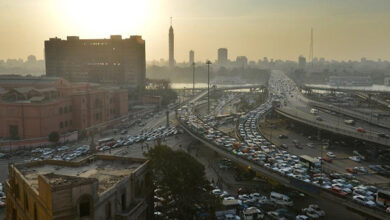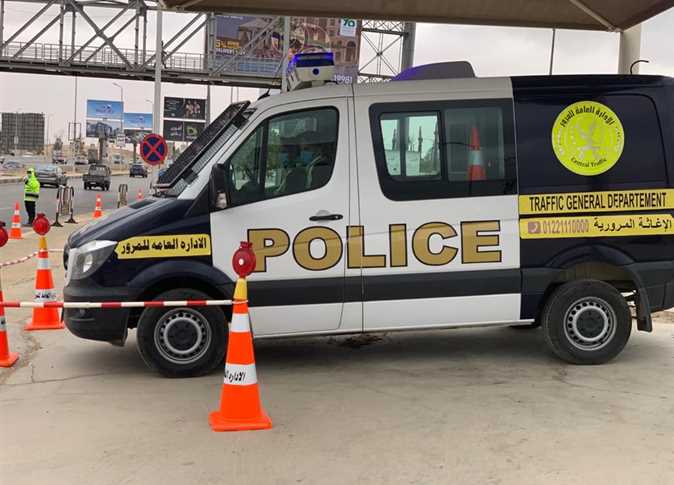Last Saturday, President Hosni Mubarak–in the presence of Prime Minister Ahmed Nazif and several ministers–inaugurated the new Saft al-Laban corridor linking the governorates of Giza and Cairo to the Ring Road.
During the ceremony, Housing Minister Ahmed al-Maghrabi noted that the axis, which cost some LE900 million to build, would relieve some 30 percent of the capital’s chronic traffic congestion.
The new viaduct aims to solve the bottleneck problem in Lebanon Square, where the 26 July corridor and the Ring Road intersect. By connecting Tharwat Bridge and Sudan Street to the Ring Road, residents of Giza Square, Mohandessin and Agouza–along with Cairo University students–can easily access the new cities of 6 October and Sheikh Zayed, avoiding the clogged streets of Lebanon Square.
Director General of the Giza Traffic Department, General Kamel Yassin, said the new Saft al-Laban corridor–construction of which took 22 months–is an important phase of the wider Ring Road project.
“Cairo has begun to witness the direct flow of traffic at most of its important points within the last couple of days. However, the long-term effect will be noticed when all citizens become aware of the new extension,” Yassin noted.
The timing of the highway inauguration at the beginning of the Islamic fasting month of Ramadan was deliberately chosen in order to avoid hours-long traffic jams. “During Ramadan, the traffic flow becomes completely paralyzed, so it was the most convenient time to start dealing with traffic congestion,” Yassin explained.
Traffic expert General Magdy al-Shahad, however, doubts the new corridor will be able to relieve up to 30 percent of the capital's traffic congestion. “This calculation is totally indefinite. We can't assume exact results before launching the project. It requires day-to-day monitoring to ensure success without any negative consequences.”
Al-Shahad went on to point out that the problem did not merely lie in the intersection of the 26 July corridor and the Ring Road, but rather in the seeming inability of traffic officers to regulate the flow of traffic. During rush hours, the control of exit and entry ramps is "randomly managed," he said.
“Managing the traffic regulatory system is the main role of traffic operations rooms, which should be carried out more efficiently–instead of just monitoring roads through screens and imposing fines for speeding,” he asserted.
According to al-Shahad, much money has been spent with little in the way of tangible results. The new Saft al-Laban highway may reduce traffic jams in Lebanon Square, but the congestion will move to Giza’s squares, which are already overcrowded, he said. Therefore, he went on, the government has so far failed to deal with the root of the problem.
According to Agouza resident Mena Azmay, the new highway saves her a good deal of time since “now, the peak period starts between 1 PM and 4 PM, instead of lasting until Iftar time [around 6:30 PM]. It used to take 45 minutes longer to reach home before the new axis was built.”
Another Cairo resident, Mohamed Hamza, said he got lost the first time he took the new extension back to his home in Mohandessin. “There are lots of exit ramps now, so it's a little complicated," said Hamza. "The government should mark all exit and entry access corridors with clear signs, or instruct people through newspapers and television.”
The corridor, part of Mubarak’s electoral platform, is among several government initiatives aimed at resolving the capital's traffic crisis, from which Greater Cairo–and its millions of denizens–has long suffered.




